What is Tertiary Treatment of Wastewater? A Comprehensive Guide
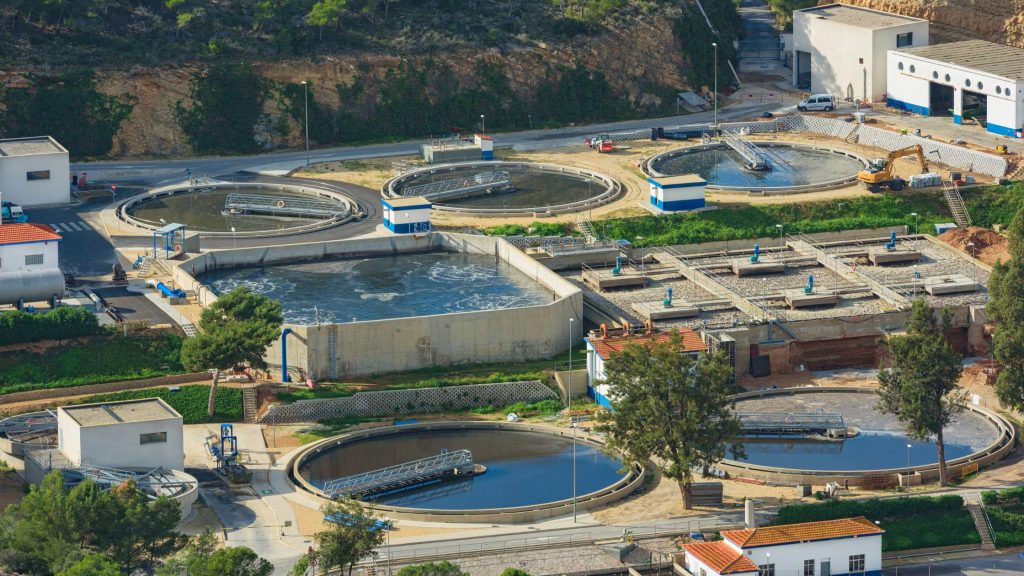
Did you know that tertiary treatment can remove over 99% of impurities from wastewater? This advanced stage is essential for meeting environmental standards, particularly in areas facing water scarcity. You may wonder how this process works and why it is so important. Techniques like membrane filtration and UV disinfection can transform wastewater into valuable resources. […]
Sewage Lift Station Design Factors: Ensuring Reliability and Efficiency
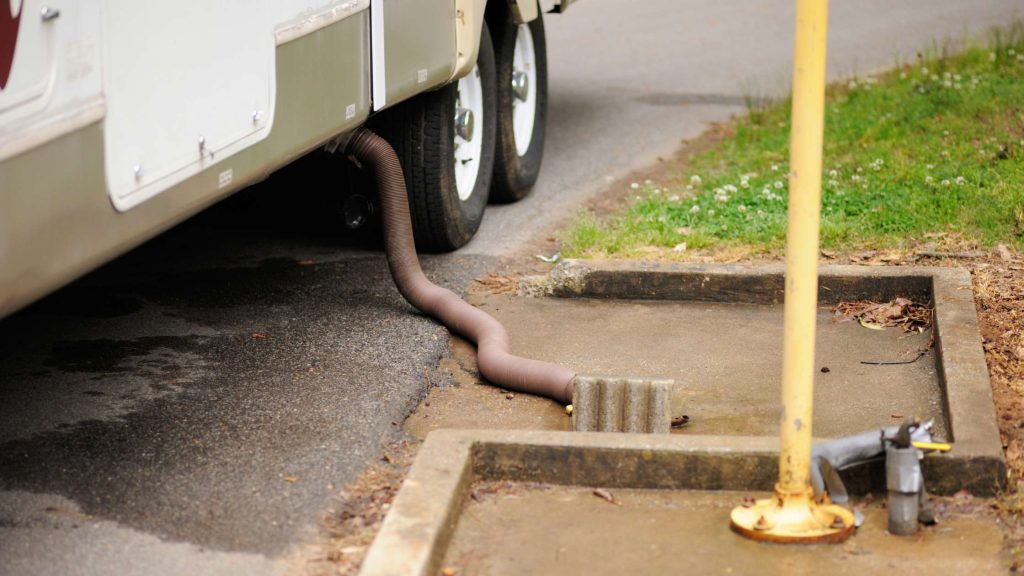
Are you designing a lift station? Remember, it’s important to consider more than just the basic function of transporting wastewater from point A to point B. You should take into account factors such as capacity, efficiency, and adaptability for future needs. Incorporating smart sensors can enhance operational efficiency, and using durable materials is essential to […]
Fixing vs. Replacing Pump Stations: Key Considerations
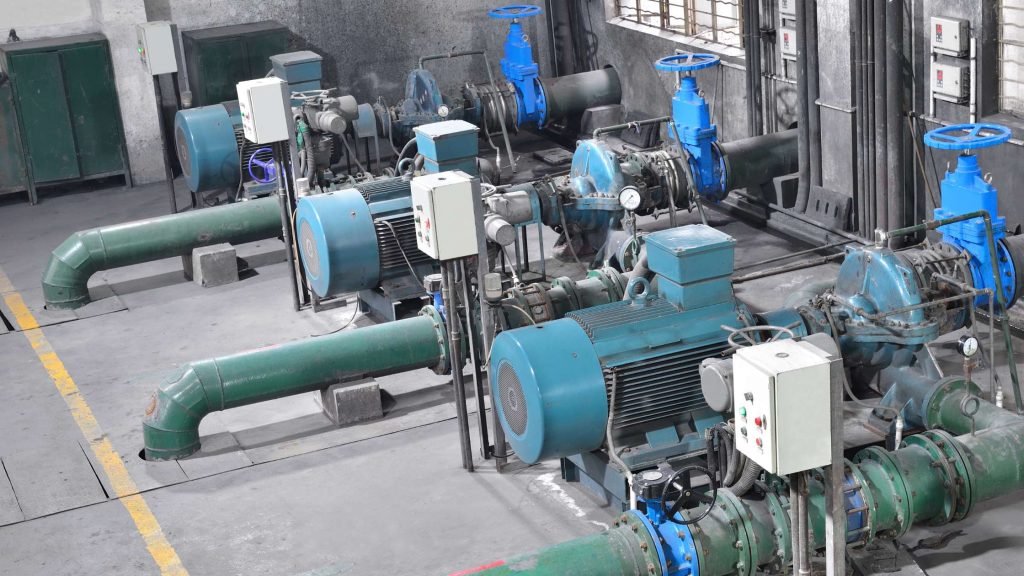
When faced with the choice of fixing or replacing pump stations, consider several key factors, including age, flow rates, and potential corrosion. It’s not just about immediate costs; long-term savings and regulatory compliance play significant roles in your decision. Regular maintenance can extend a pump station’s life, but if the system’s aging, a replacement might […]
Lift Station Troubles: Problems to Watch For
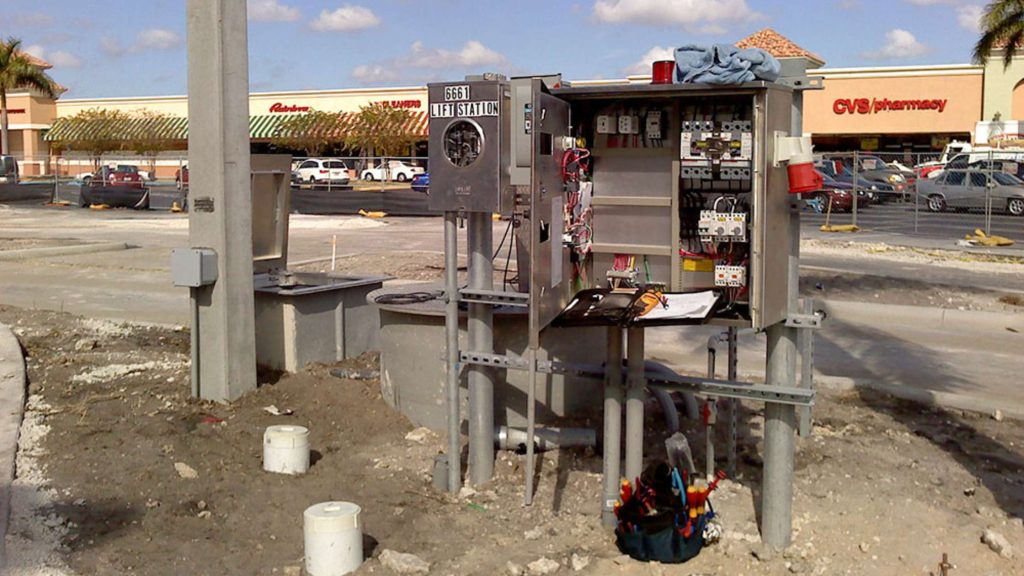
You’re likely aware that lift station troubles can throw a wrench in wastewater management operations, but what if you could prevent them before they even start? It’s essential to understand the common culprits—like pump failures and clogged pipes—that often lead to these disruptions. Regular maintenance is your first line of defense, yet there’s more to […]
Sanitary Sewer Overflows: A Thorough Investigation of Their Impacts
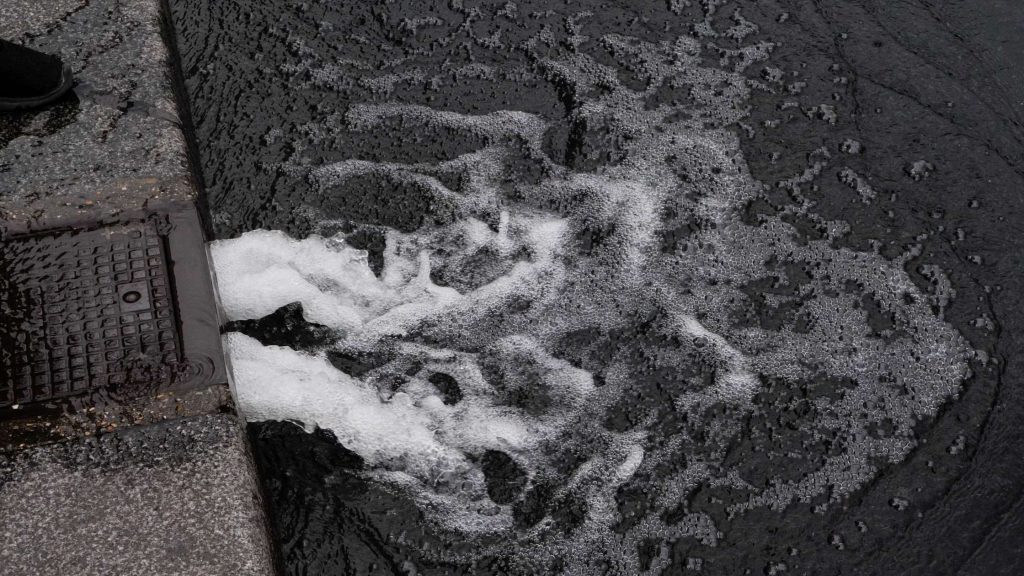
Have you walked by a river and been assaulted by the foul stench of sewage? This is likely the result of a sanitary sewer overflow (SSO), which disturbs your senses and poses serious risks to public health and the environment. You might wonder how these overflows happen in the first place or what can be […]
A Comprehensive Guide to Gravity Sewer Systems
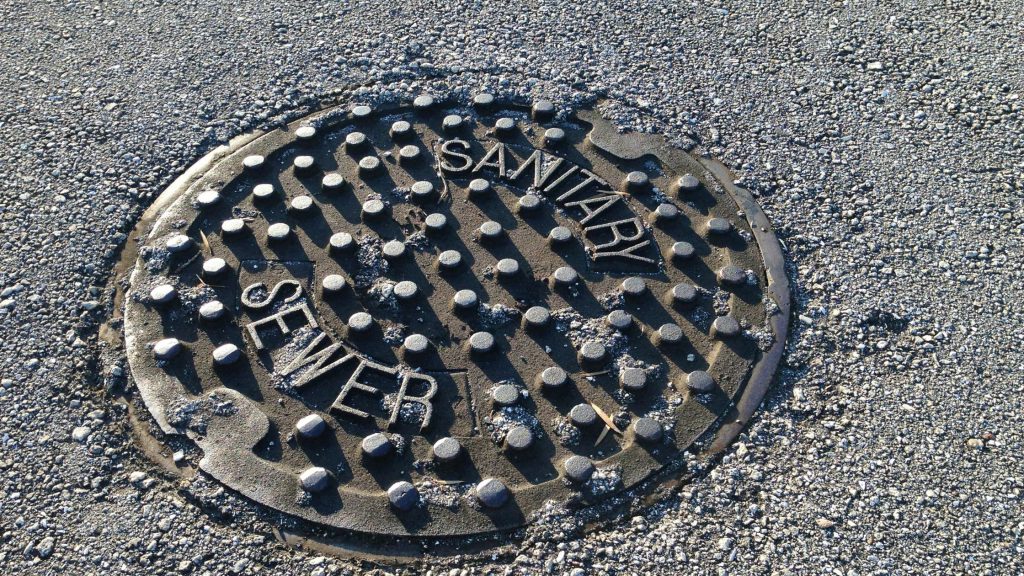
Picture a bustling cityscape where technology drives innovation, yet a simple, age-old force quietly manages wastewater: gravity. You’re likely familiar with the concept of gravity, but how does it seamlessly operate an entire sewer system? These systems use sloped pipes to harness nature’s pull, transporting sewage efficiently without pumps. Understanding gravity sewers’ components and design […]
The Role of Lift Station Leakage Alarm Lights in Reducing Environmental Impact
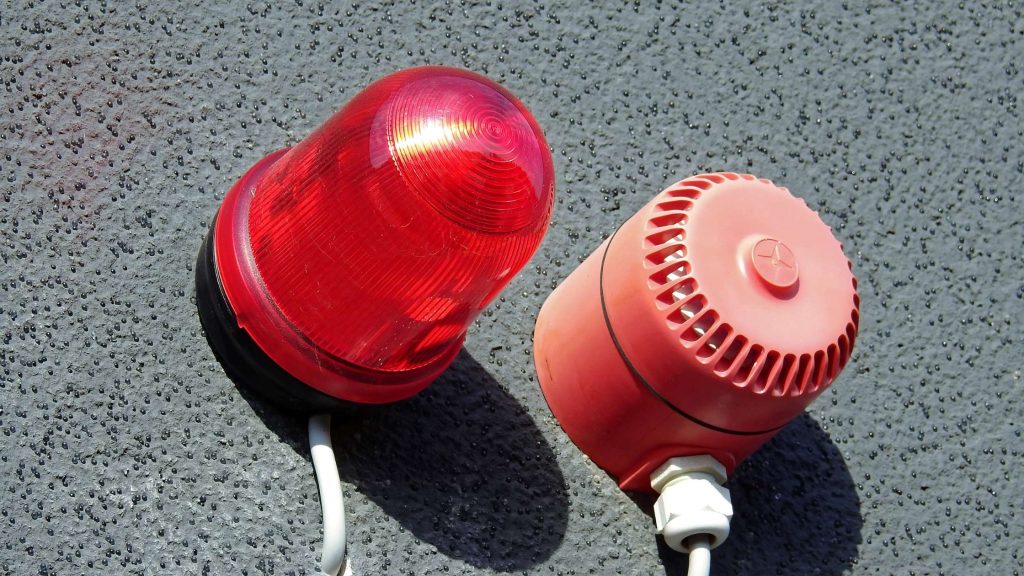
Lift station leakage alarm lights enhance safety, protect ecosystems, and support community health. By alerting operators to potential leaks before they escalate, these systems mitigate environmental hazards and promote compliance with stringent regulations. As urbanization continues to challenge our infrastructure, the effectiveness of these alarm lights becomes increasingly significant. What implications does this have for […]
How Much Should You Budget for Lift Station Maintenance?

Many people might not realize that the maintenance costs of lift stations can be more influenced by planning than by the equipment itself. While it may be easy to overlook, regular inspections and strategic upgrades significantly contribute to controlling these expenses. Have you thought about how investing in energy-efficient pumps could help reduce long-term costs? […]
5 Signs Your Lift Station Needs Professional Attention
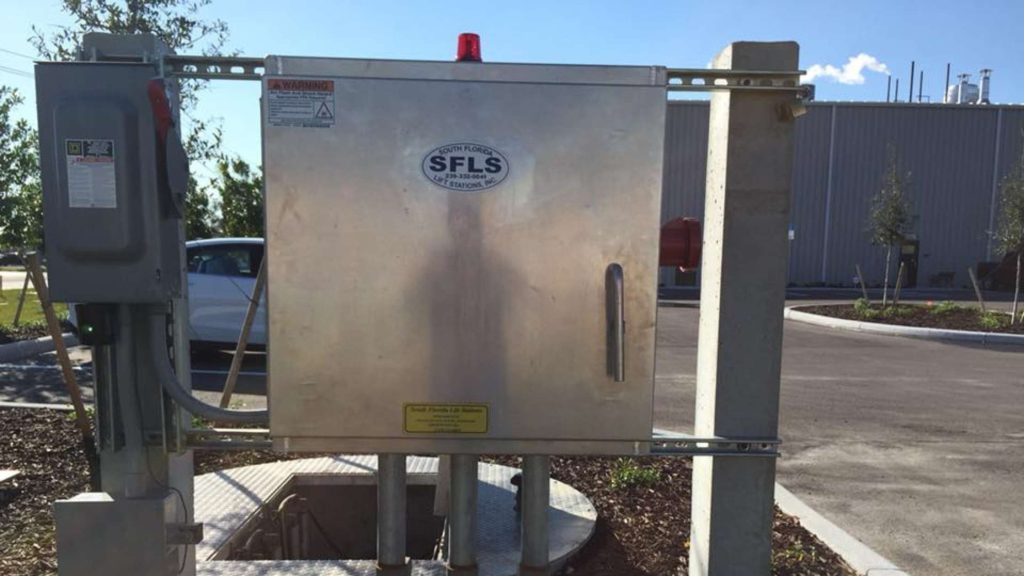
You’re responsible for maintaining your lift station, but how do you know when it truly needs a professional’s touch? Persistent alarm signals, unusual noises, or slow drainage might seem like minor inconveniences, yet they can indicate more serious issues lurking beneath the surface. Unpleasant odors aren’t just unsightly; they could signal a health hazard waiting […]
Sustainable Microbial Techniques for FOG Elimination
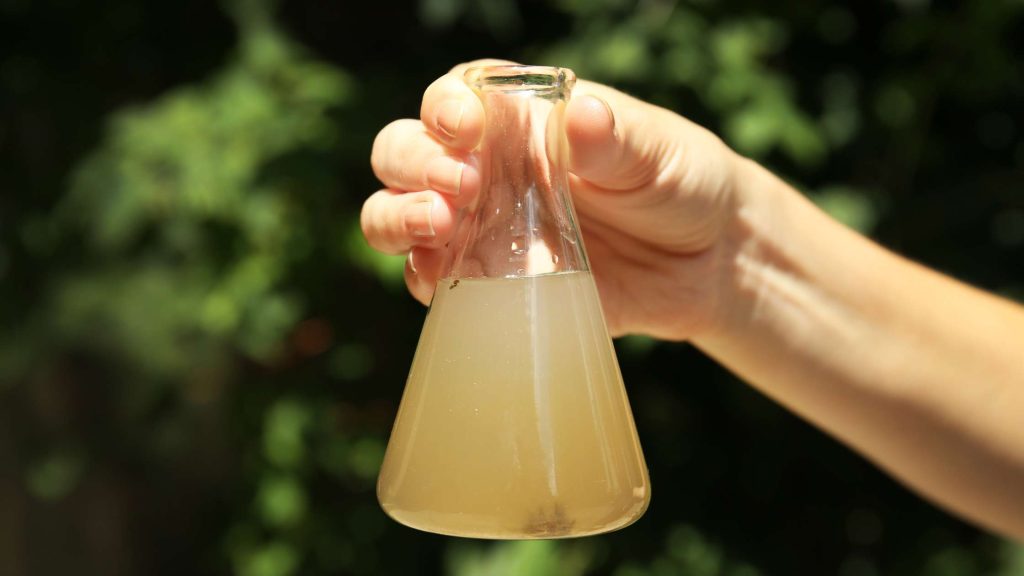
When you consider the challenges of managing fats, oils, and grease (FOG) in wastewater systems, it’s clear that conventional methods often fall short. Traditional approaches can be costly and environmentally detrimental. However, sustainable microbial solutions offer a promising alternative. By harnessing specialized microbes, you can break down FOG more efficiently, reducing reliance on harsh chemicals […]

